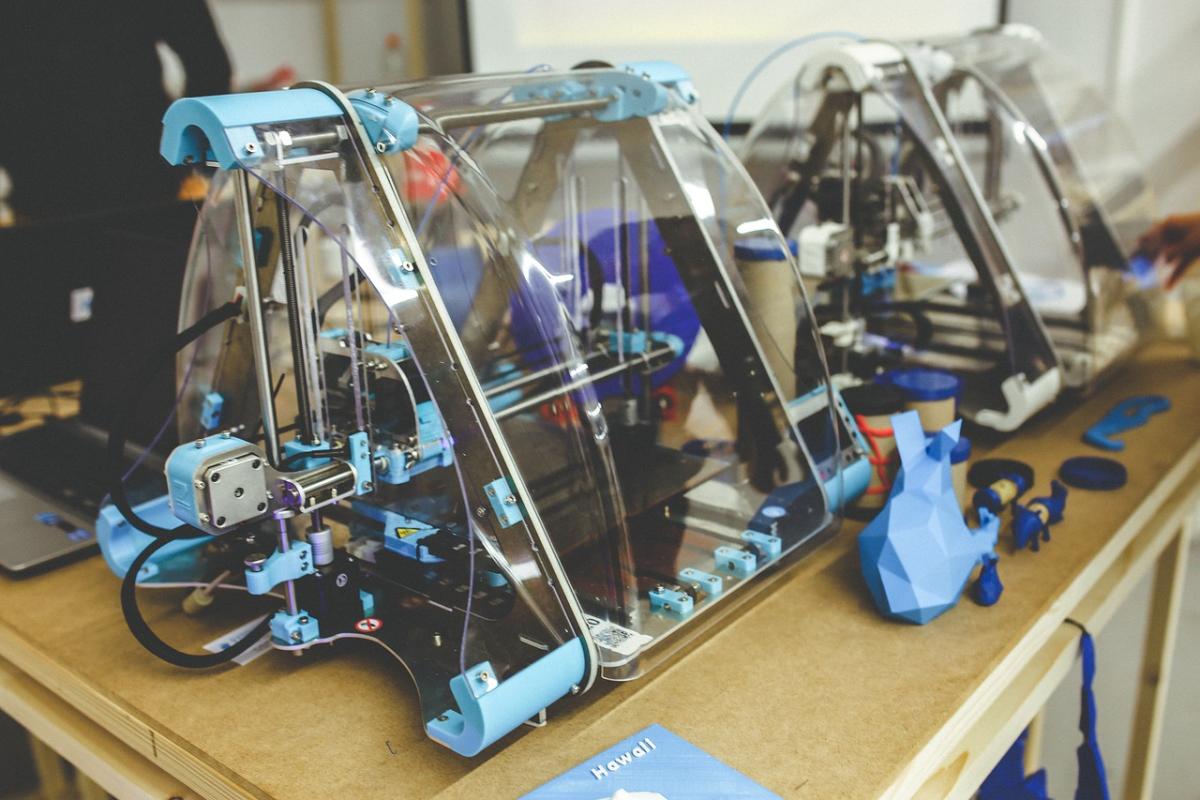When it comes to 3D printing, the type of resin you choose can make a big difference in your final product. There are several types of 3D resin, each tailored for particular needs. Let’s dive into a few common types, so you can find exactly what suits your project.
Standard Resin is your go-to option for most general printing tasks. It’s great for detailed models and offers a smooth finish. If you're just getting started with 3D printing, this is a solid choice. It’s easy to work with and produces reliable results for everything from miniatures to prototypes.
Flexible Resin takes things up a notch if you want some give in your designs. It's ideal for printing items like phone cases or wearable parts, where a bit of flexibility is key. Expect more durability without compromising on detail, making it a favorite among DIY enthusiasts.
Castable Resin is perfect if you're into jewelry making or creating detailed molds. This type burns out cleanly when melted, leaving delicate details intact, which is crucial for casting. If you’re looking to produce high-quality jewelry or intricate models, this resin is definitely worth considering.
High-Temperature Resin is designed for projects that need to withstand heat without warping. If you’re working on components for machinery or prototyping parts that might come into contact with high temperatures, this resin has you covered. It maintains integrity under stress, so you can create durable and reliable designs.
Choosing the Right Resin for Your Project
Choosing the right resin for your 3D printing project can feel overwhelming with so many options out there. But don't worry! It's easier than you think once you know what to look for. Let’s break it down.
1. Consider Your Project Type: Different projects have different needs. Are you making a detailed model, a functional part, or jewelry? For detailed models, look for a resin that's known for capturing fine details, like a standard or high-detail resin. For functional parts, try a durable resin that can withstand some wear and tear.
2. Flexibility vs. Rigidity: How do you want your end product to feel? If you're looking for something that needs to bend a little, like a toy or a wearable, a flexible resin will do the trick. On the other hand, if you need strength and stiffness, go for a rigid resin. Knowing this will save you time and give you better results!
3. Cure Time and Finish: Think about how fast you want to work. Some resins cure quickly, while others take their time but might give a smoother finish. If you're in a rush, a quick-curing resin is perfect. But if you’re after that gorgeous, smooth feel, a longer cure time could be worth it.
In the end, choosing the right resin is all about matching the material to your project’s needs. Take some time to check out different types, read reviews, and maybe even reach out to fellow creators for their recommendations. Happy printing!
Tips for Using 3D Resin Effectively
Using 3D resin can be a game-changer for your projects, but it’s important to get it right. Here are some tips to help you make the most out of your 3D resin experience!
1. Choose the Right Resin: Not all resins are created equal. Make sure to pick a type that fits your specific project needs. For details like miniatures, a clear or transparent resin works wonders, while colored resins can add an extra pop for larger pieces.
2. Work in a Well-Ventilated Area: Safety first! Resin can emit fumes that aren’t great for your health, so always use it in a space with good airflow. A mask and gloves can also offer some extra protection while you’re working.
3. Measure and Mix Carefully: When it comes to resin, precision is key. Make sure to follow the mixing instructions to the letter. Use a scale for accurate measurements, and mix your resin thoroughly to avoid any sticky spots in your final product.
4. Don’t Rush the Curing Process: It might be tempting to speed things up, but patience is important. Let your resin cure fully as per the manufacturer’s instructions. Rushing the process can lead to cracks or a less durable final piece.
With these tips in mind, you’ll be well on your way to creating amazing projects with 3D resin. Happy crafting!
Common Questions About 3D Resin
When diving into the world of 3D resin, it's normal to have a few questions. Let’s tackle some of the common ones that folks often ask.
What is 3D resin?3D resin is a liquid material used in 3D printing. It solidifies when exposed to light, creating detailed and durable prints. Unlike filament-based 3D printing, resin printing allows for finer details and smoother finishes. It’s great for everything from miniatures to intricate design prototypes!
How does resin printing work?The process usually involves a printer with a vat of liquid resin. A UV light source, often a laser or a projector, shines onto the resin layer by layer. Each exposure hardens the resin, building up the model. It’s pretty fascinating to watch—and produces some impressive results!
Is working with 3D resin safe?Safety is important! While many resins are safe to use with proper precautions, it’s wise to work in a well-ventilated area and wear gloves to avoid skin contact. Some resins can emit fumes during curing, so keeping a mask handy isn’t a bad idea either. Always check the manufacturer's safety guidelines for specific information.
What type of resin should I choose?There are various types of 3D resin, each suited for different needs. If you’re looking for something that gives fine details, standard resin is a good choice. For tougher prints, try tough resin, while flexible resin works well for items that need some bend. There are even specialty resins for specific applications, like dental or casting resins. Think about what you want to create, and that will steer you in the right direction!

